Enterprises evolve and transform into data-driven businesses, which take valuable insights from the data collected to grow and develop their business. This means that massive chunks of data are collected every second and companies search for ways to process it faster, secure and more accurately.
The more data is processed, the smarter is the organisation and the greater potential for data-driven decisions is available. This all causes effect on innovation, improved customer experience, prevent churn and increase the company market share and profit.
On order to achieve all of the above-mentioned, companies need to ensure a stable and reliable process for data collection, processing and monitoring. A real-time sophisticated database monitoring tool in place is a must. With the help of a database monitoring software, database administrators can ensure that data is collected and processed uncompromised, there is no loss of data or not corruption on the databases themselves. The damage incurred by misleading data can be catastrophic, and it can take years to recover from it. That is why you need to take preventive measures and ensure the best for your organizations.
What is Database Monitoring?
According to Gartner database monitoring “refers to a suite of tools that supports the ability to identify and report on fraudulent, illegal or other undesirable behavior, with minimal impact on user operations and productivity.”
The world’s leading independent security research and advisory firm Securosis released a white paper Understanding and Selecting a Database Activity Monitoring Solution. According to their in-depth research, a database monitoring software must be able to:
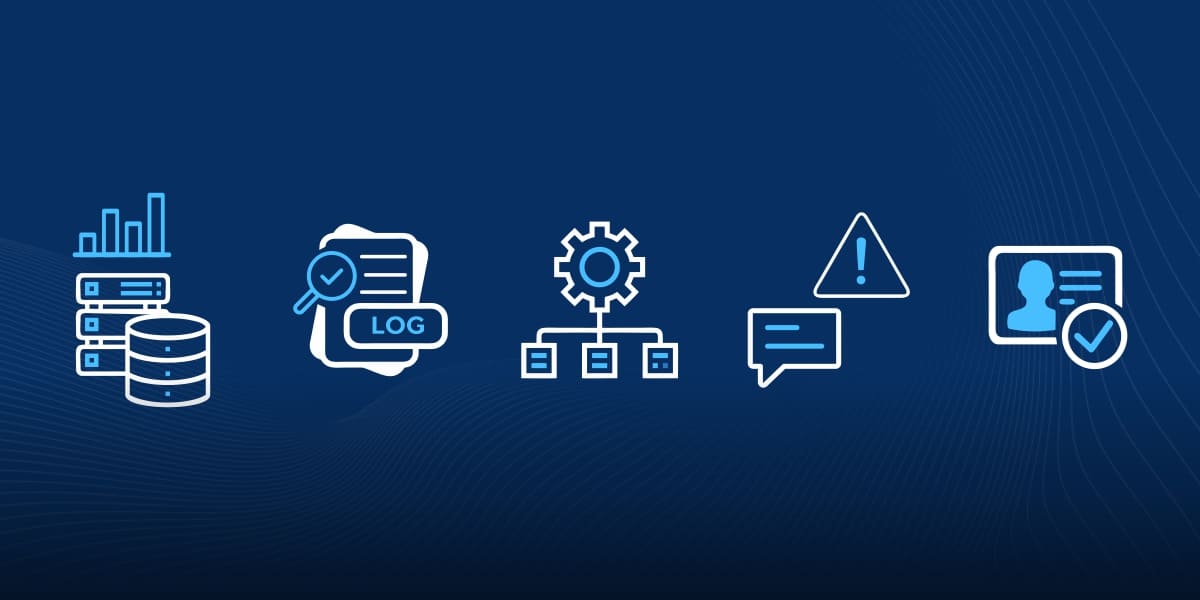
- Monitor the database activity, user and administrator actions, query transactions. The database monitoring software must analyse all SQL transactions.
- Analyse all the database logs and help admins have instant visibility over them.
- Correlate activity from multiple database management systems
- Generate alerts and notifications on suspicious system load
- Generate alerts and notifications on suspicious user behaviour. An example they give is that you might create a rule to generate an alert each time a privileged user performs a SELECT query that returns more than 5 results from a credit card column.
The database monitoring software should also:
- Collect stats across large-scale and hybrid environments in real-time.
- Provide pre-defined reports and easy customization options, so that it can be tailored according to your organization needs and specifics.
- Provide audit and change tracking capabilities
- Last but not least, help you to ensure the health and performance of your databases, by providing a certain layer of automation.
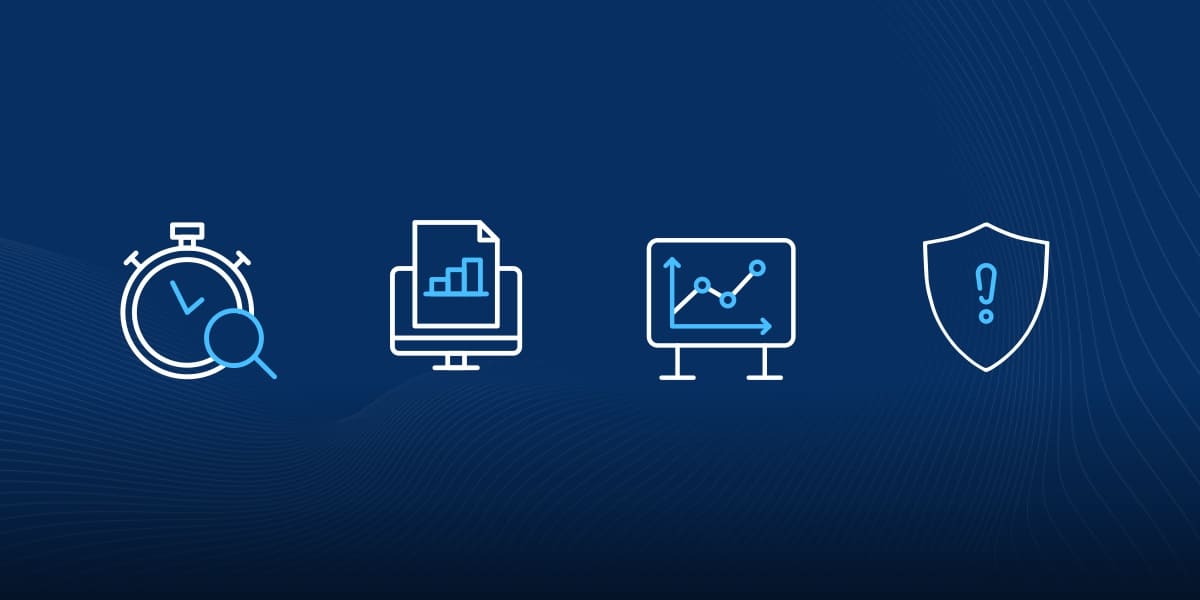 Do’s and Don’ts About Database Monitoring
Do’s and Don’ts About Database Monitoring
Each database administrator needs a database activity monitoring software, which is powerful, but also consumes minimum resources and does not impact the database performance. In addition it should not require any coding skills to be used and must be easy to adapt.
Database Monitoring Do’s:
- You should preferably choose an agentles solution for maximum security
- Your database monitoring software must consume very low CPU and disk resources
- It also needs minimum bandwidth to monitor incoming SQLs.
- Provides continuous, real-time monitoring of local SQL traffic, such as IPC and Bequeth. It can also optionally monitor all incoming network-based SQL traffic to the database.
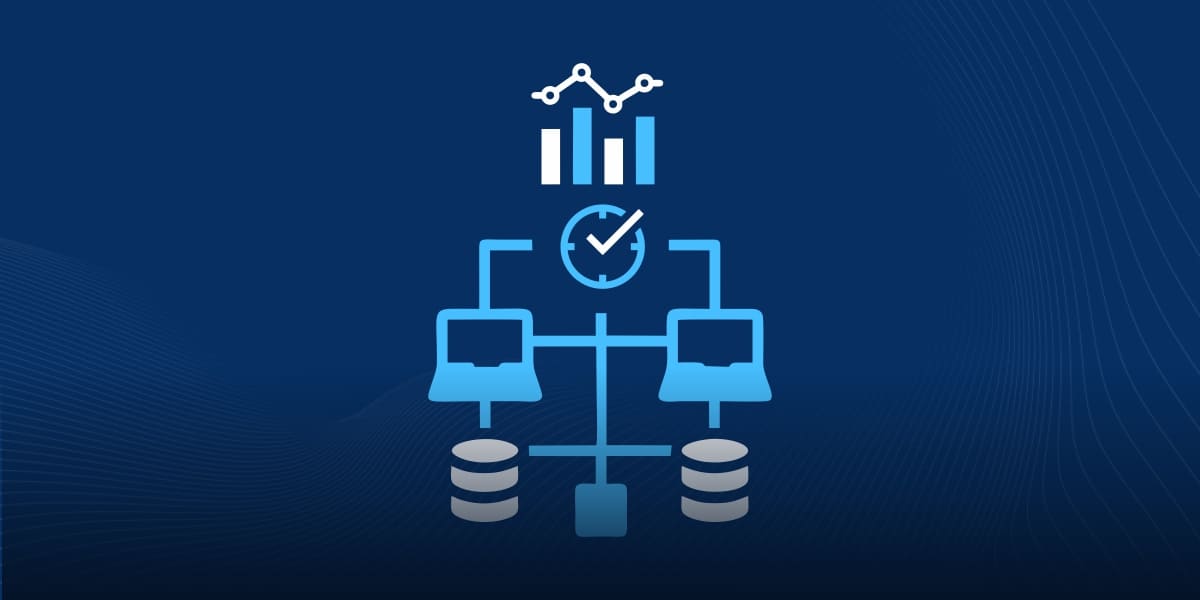
- Has a single interface for troubleshooting with fully customizable charts, which enable easy data correlation
- The database tracking software shall provide full visibility over slow queries, blocking queries and expensive queries. As they have a serious impact on the overall performance of the database, you need to keep a constant track of them. A good database monitoring solution visualises the resource consumption per query and helps you fix potential problems in a timely manner.
- Analyze database logs – same as the application logs, database logs are critical information to investigate. In a combination with trend analysis, you can shift from reactive database monitoring to proactive database monitoring. Moreover VirtualMetric for example provides predictive analysis visualised on charts.
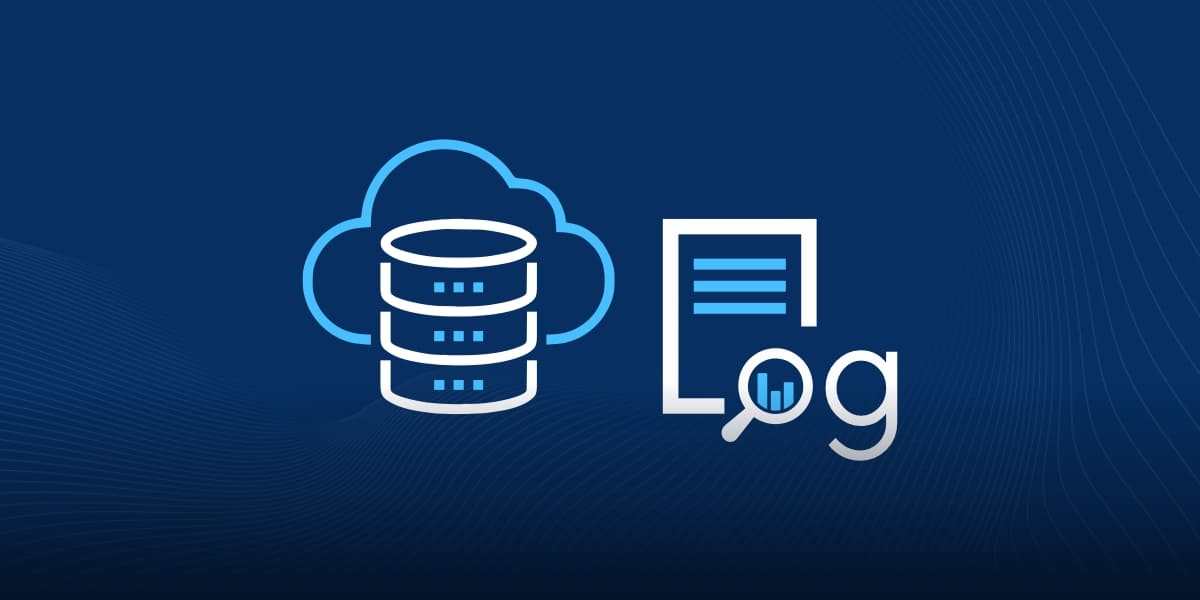
- Keep a close eye on the failed queries. Many hackers perform SQL injection attacks. In this case, the failed queries can indicate that someone is attacking your databases. A good monitoring tool will detect the sudden increase of the failed queries and will send an immediate notification.
- Build a database monitoring dashboard that visualises instantly the key metrics to monitor: database throughput, latency and response time, database connections, number and type of errors, frequent queries analysis, open connections.
Database Monitoring Don’ts
- Do not choose solutions, which require installation of any object or agent in your databases.
- Avoid software that alters your database, database configuration files or database parameters. A good monitoring solution is not touching your databases or doing anything to your databases.
- Avoid monitoring tools, which require creating new users for installation or a dedicated user just for the monitoring tool.
- A good monitoring solution will not write to the file system, except in the case of communication loss to gateway due to a block. And that can be curtailed as soon as the communication is re-established.
Move to Proactive Database Monitoring
Proactive database monitoring is the practice of tracking database metrics so performance issues are identified early—before they cause major problems. Proactive monitoring takes some of the stress out of maintaining databases because DBAs don’t have to live in reactive mode, constantly putting out fire after fire.
By analyzing every value in every table and every column across your databases, you can easily identify unusual patterns that can otherwise go undetected. There are many ways to make sure your data is healthy, especially when you have the right reports and statistics to analyze.
The proactive DM monitoring is actually a must for modern database admins. With a single eye on database resource consumption and availability, queries performance, user activity, scheduled jobs, and more, you can decrease the risk for the overal system, your applications and user experience.
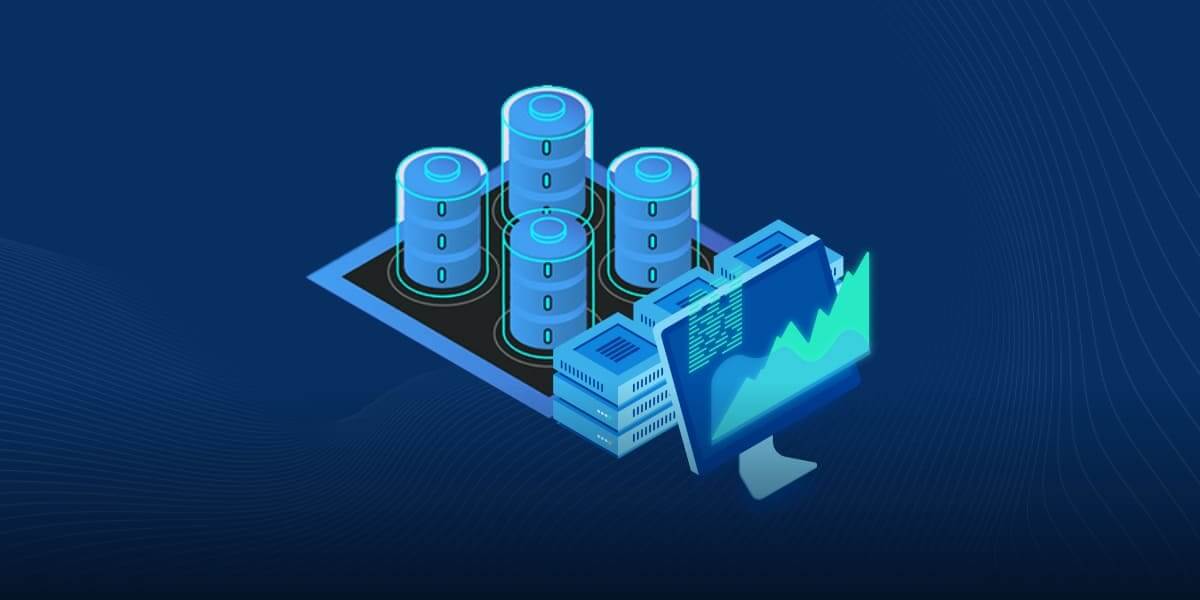 VirtualMetric’s Database Monitoring
VirtualMetric’s Database Monitoring
Today, organizations depend on intuitive database monitoring to optimize their applications that are critical to the business. Whereas most database monitoring tools notify when there is a performance issue, an inclusive monitoring tool also provides detailed insight into the root causes and troubleshoots them.
VirtualMetric’s database monitor is preferred by thousands of admins for overall database performance management and for ensuring uninterrupted service delivery. It provides a powerful Microsoft SQL server and backup database SQL server monitoring with proactive alerts, log analysis and advanced database analytics.

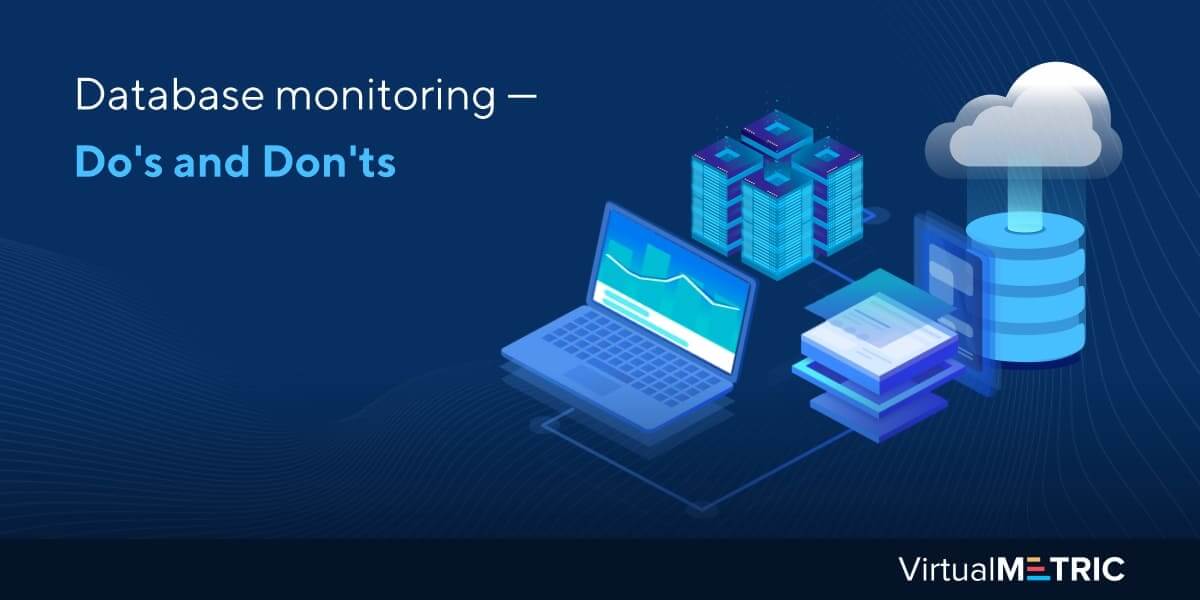
Leave a Reply